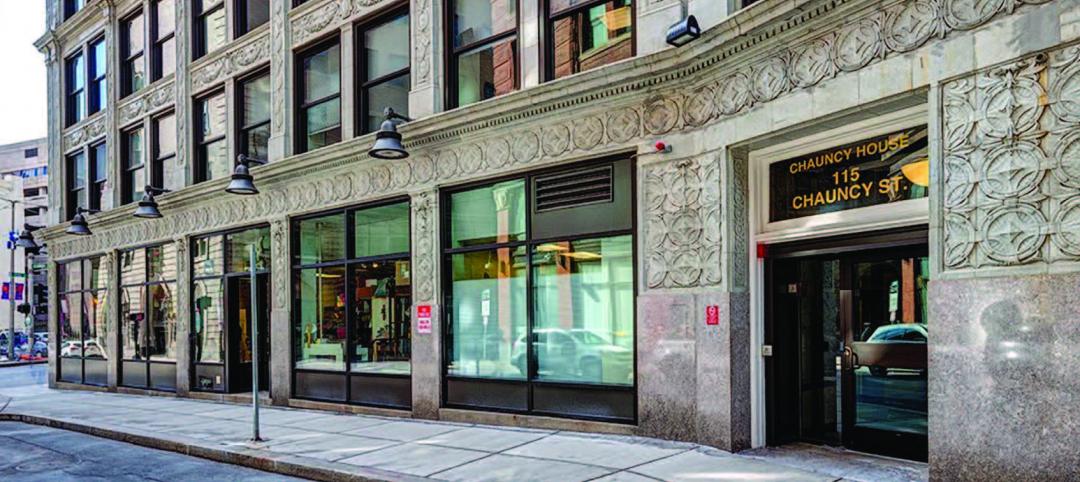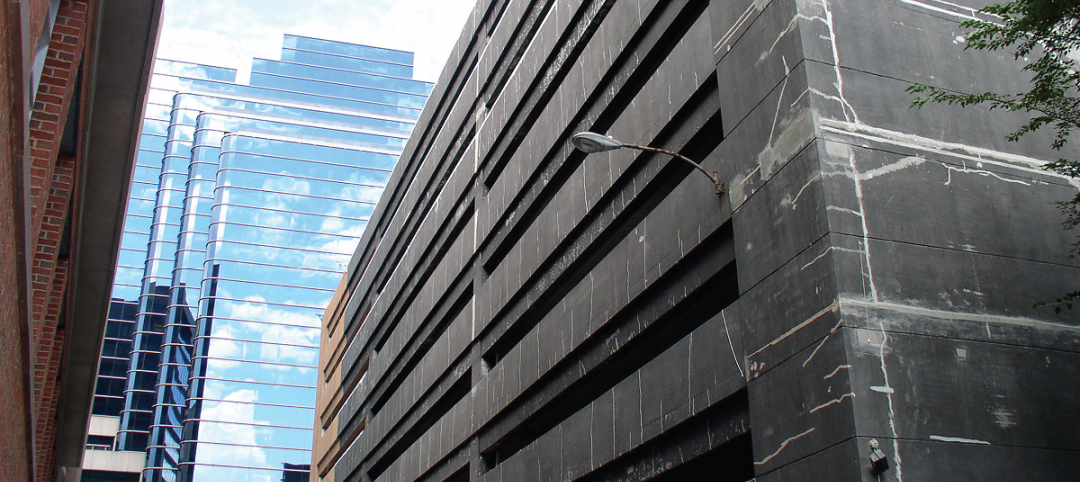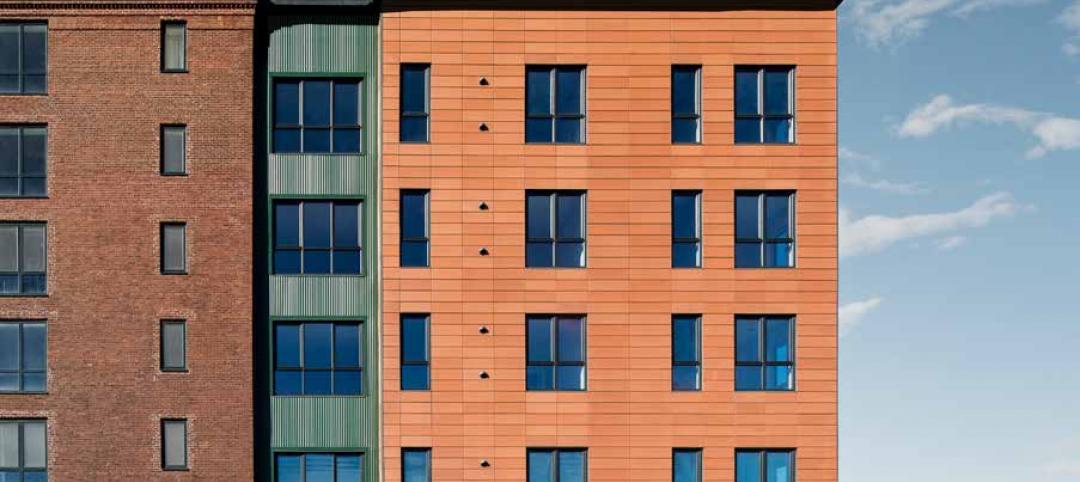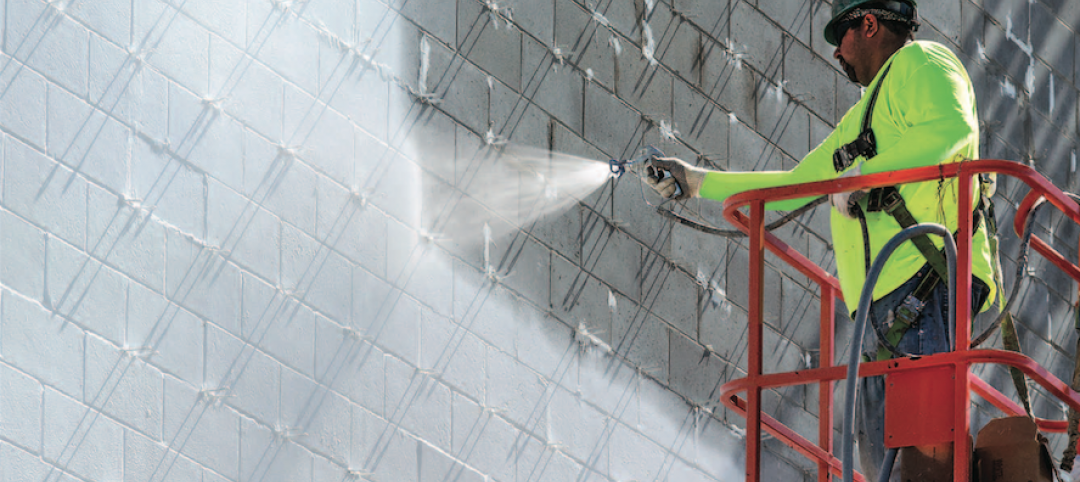Energy codes mandating more efficient use of buildings—and, by extension, of building enclosures—are already being adopted by many states as a logical step in the reduction of energy consumption.
On a national scale, the impetus to improve building energy performance is manifest in the latest and most far-reaching model energy code from the International Code Council, the 2015 International Energy Conservation Code (IECC). Compared with energy standards of just a few years earlier, the 2015 IECC sets a high benchmark for energy performance.
In 2010, the required insulative value for a new roof on an existing commercial building was R-20, per the IECC. Today, it’s R-30, a 50% increase. Replacement fixed windows in 2010 needed to perform at R-1.82. Now, that number is R-2.38, 30% greater.
This trend toward increasingly stringent energy performance standards is likely to continue. Several states and municipalities, including New York, New Jersey, and Maryland, were early adopters of the 2015 IECC. Others have already passed legislation to roll out the new, more demanding energy standards over the coming months.
For design professionals, designing and detailing building enclosures to meet these strict performance benchmarks demands knowledge not only of building envelope systems, but also of the requirements and objectives of the energy code, the fundamentals of thermodynamics and energy transfer, and high-efficiency enclosure detailing.
For property owners and facility managers, understanding the code requirements for energy-efficient design, the science behind those standards, and the process involved in achieving energy performance goals is critical to an informed and judicious approach to planning construction that meets stringent energy mandates.
After reading this article, you should be able to:
+ Balance energy use goals with practical considerations, such as constructability, performance, and product availability.
+ Apply principles of thermodynamics and energy transfer to the appropriate design of energy-efficient building enclosures.
+ Determine energy code compliance by demonstrating thermal efficiency through calculations or energy modeling.
+ Account for sites of thermal bridging by incorporating high-efficiency detailing that addresses sources of energy loss and insulates against heat transfer.
Take this free AIA CES course at BDCuniversity.com.
Related Stories
BD+C University Course | Apr 9, 2019
Storefront rehabilitation and design [AIA course]
Rehabilitation and design of storefront systems demands consideration of many factors, from thermal performance and operability to historic landmark sensitivity and appearance.
BD+C University Course | Apr 8, 2019
See-through and safe: Innovations in fire-rated glazing [AIA course]
From glass floor systems to large-scale glazing installations, experts share the latest trends, advancements, and applications for fire-rated glazing and fire-resistive barriers in commercial buildings.
BD+C University Course | May 24, 2018
Accommodating movement in building envelope materials [AIA course]
We may think of the building envelope as an inanimate object, but in reality its components can be quite mobile. This AIA CES course is worth 1.0 AIA LU/HSW.
BD+C University Course | May 24, 2018
Building passively [AIA course]
17 tips from our experts on the best way to carry out passive house design and construction for your next multifamily project. This AIA CES course is worth 1.0 AIA LU/HSW.
BD+C University Course | Jan 2, 2018
The art and science of rendering: Visualization that sells architecture [AIA course]
3D artist Ramy Hanna offers guidelines and tricks-of-the-trade to ensure that project artwork is a stunning depiction of the unbuilt space.
BD+C University Course | Aug 23, 2017
AIA course: New steel systems add strength and beauty
Advances in R&D are fostering new forms of structural and aesthetic steel.
Building Enclosure Systems | Jul 26, 2017
Balcony and roof railings and the code: Maintain, repair, or replace? [AIA course]
Lacking familiarity with current requirements, some owners or managers complete a roof or balcony rehabilitation, only to learn after the fact that they need to tear noncompliant railings out of their new roof or terrace and install new ones.
Building Enclosure Systems | Dec 12, 2016
The 100-year enclosure: Strategies for heat-air-moisture control
Should institutional and commercial buildings be built to last 100 years? Why not? There are plenty of examples that have performed well for a century or more.


![Meeting the demand for high-efficiency façades [AIA course] Meeting the demand for high-efficiency façades [AIA course]](/sites/default/files/AIA_BDC1217.jpg)

![See-through and safe: Innovations in fire-rated glazing [AIA course] See-through and safe: Innovations in fire-rated glazing [AIA course]](/sites/default/files/styles/list_big/public/SAFTI%20FIRST%20final%201.jpg?itok=m8pdw17S)










